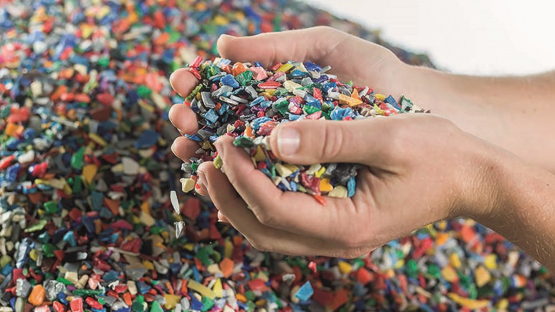Pollution caused by plastics and rubber has become an issue of global concern. Polymeric materials (plastics and rubbers) comprise a steadily increasing proportion of the municipal and industrial waste that is either poorly managed or accumulating in landfills. Since polymeric materials do not decompose easily, disposal of waste polymers is a serious, long-term environmental problem with most plastics gradually disintegrating to form microparticles which finally arrive in the oceans.
Radiation technology can be used to alleviate this problem. Some promising results indicate that radiation technology is able to convert plastic waste into a variety of useful purposes presenting powerful opportunities for environmental sustainability and material innovations.
Particularly, high-energy radiation can be used to degrade and modify polymer wastes so that it can be reused in multiple ways – in materials such as concrete and asphalt, for example, as well as new plastic products or more efficient and non-toxic fuel components for energy recovery. Establishing optimal processes for the recycling of polymeric materials is a worldwide challenge that will benefit from efficient and cost-effective technologies to reduce the impact of polymer waste, while increasing recycling rates. These methods can open the possibility of developing working alternatives to make plastic recovery technologies affordable for small and medium scale industries to mitigate industrial waste issues.
The IAEA is launching a new five-year Coordinated Research Project (CRP) on strategic approaches for recycling plastics and rubber with radiation technologies.
The overall objective of this CRP is the applied research and development, demonstration, and scaling-up of feasibility studies to optimize the recycling of plastic waste by radiation technologies.




